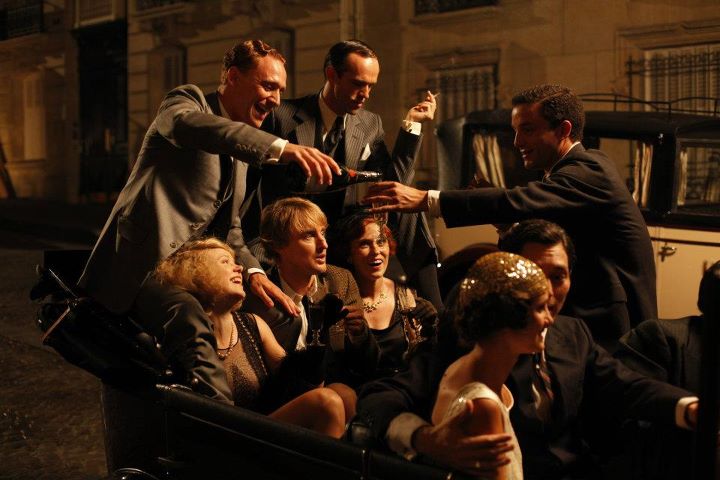
The Modern Classics Series
This is my latest Blog series where I want to discuss the influence and the love of the Modern classics in art, popular culture and mainly literature.
The Roaring 20s
Something amazing happened in America in 1920s. This era gladly abandoned the royalties, dignities and elites from the previous one and adopted the romanticized and mythological love affair with the unknown. The popular culture was flooded with passionate, loud, bit phony but lovable characters. This era changed the music, the literature, the fashion and the women.The poster boy of this era was F.Scott Fitzgerald, who released his first book, This Side of Paradise in 1920.
The central character of the book is Amory Blaine, a narcissist Mid-western who joins Princeton University amid big promises but becomes disillusion with failed romance and army duty during first world war. This book is almost biographical, the thing I realized much later through the book.

His next book truly defined the Jazz Age. The Great Gatsby sold millions of copies worldwide and was adopted in two major Hollywood projects. Originally this book was not considered a success when it came out. Maybe it was bit ahead of its time. The book’s contribution was not only about the style and substance of the era, but also the commentary on the marginalization of women and expectation from the society. The disillusionment that he portraits in his former book takes a central stage here, with the focus on the materialistic Gatsby, whose American dream was described as “nightmare”.
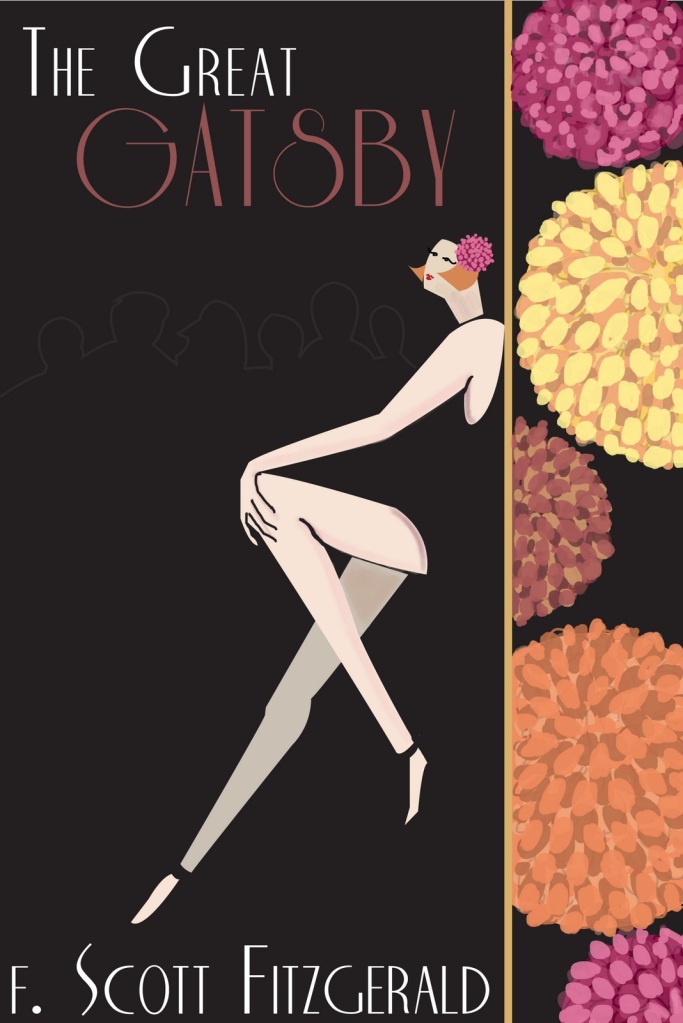
The another unique voice from the era was that of Ernest Hemingway. While working as a foreign correspondent in Paris, Hemingway’s novelty was the unseen of the world and the flattery to unheard of the society. His stories were based in small towns and cafes- from France to Spain to Scotland. His experience in war gave him a unique lens,especially on his notion of “Lost Generation” of artists and writers who got physiologically displaced due to first world war. His two big releases in the era were “The Sun Also Rises” and “A farewell to Arms.”
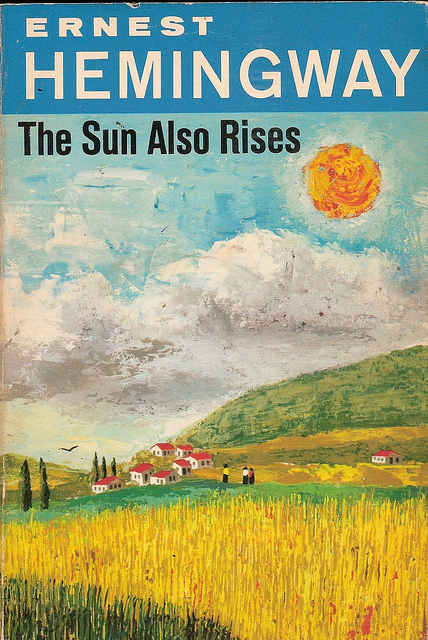
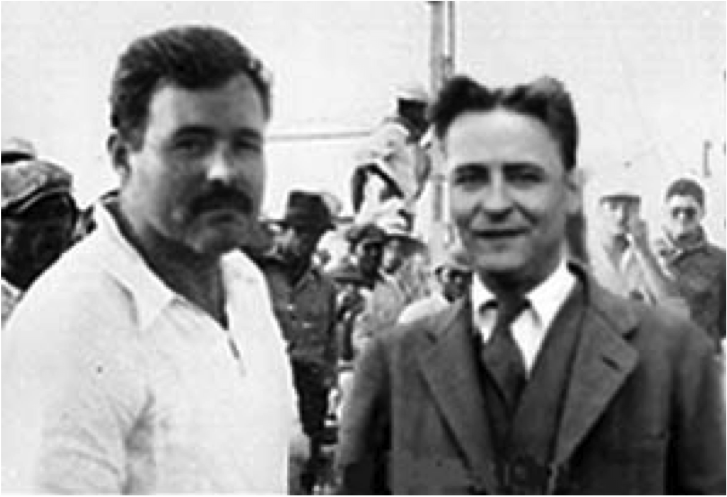
While in Europe, Franz Kafka and Conan Doyle were making strides with their amazing creations. The Castle and The trail by Kafka made sure that he became the most popular Non-English language author of the era while Conan’s new books on Sherlock Holmes made it a great decade of books.
Another form of art that came in popular culture in that era was cartoons. Winnie-The-Pooh made his first appearance but it was The New Yorker Magazine’s first edition on 21st February 1925 that brought America’s very art, culture, humor and literature in the forms of cartoons. Both Hemingway’s and Fitzgerald’s stories also featured in The New Yorker.
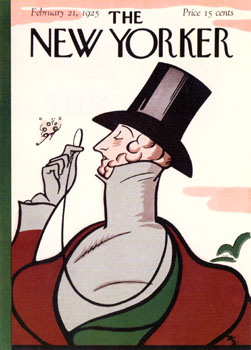
The influence of cartoons may be phased out from the magazine now, but The New Yorker kept influencing the modern fiction. Authors as popular as Truman Capote, Jhumpa Lahiri, Murakami, J.D.Salinger, Stephen King, Ronald Dahl featured their best works for the magazine. Also the influence of magazine in the cultural journalism has been second to none.
Just like The New Yorker magazine, the jazz age is the symbol of the modern culture.
Hope you enjoyed the post. Please leave your thoughts in the comment section.


Wow! This is a wonderful series you have started! Look forward to reading more posts.
LikeLike
Thank you. Will try my best to write more and better on this series. 🙂
LikeLike
This is amazing! Quite honestly I haven’t read most of the classics you have mentioned here. All the same I am glad someone who’s read them, is here to highlight these priceless gems from a magnificient era. Keep ’em coming!
LikeLike
Thank you for the lovely comment. I am planning to share my love for this era in this series. Your comment is big motivation. Thank you again for your support 🙂
LikeLike
Very well written!!
LikeLike
Thank you Raghav 🙂
LikeLiked by 1 person
Interesting post! I have only read “The great Gatsby” from this list.
LikeLike
Thank you for your comment. I will recommend you one of the Hemingway of that time . You will find the artistic simplicity that is so rare in books nowadays
LikeLike
I’m excited that you have started the series. I’m a big fan.. When are you bringing in the other two greatest of the moderns .. Woolfe & Joyce who heralded the era of modernist writing .. Lawrence, Greene..! Truly an age of great writing in all genres.
LikeLike
I wish I were more efficient this month and had written more on the series. Thank you for your encouragement 🙂
LikeLiked by 1 person
Very few people read the pre world war 2 writers .. Especially by hose between the two wars. It remaibs somewhat a reading material for lit students to read. Glad to kbow ypu like them.Would like to hear your views.
LikeLike
Thank you. I am glad that there is general interest in this era and also like the penguin’s marketing of this era as Modern Classics
LikeLike
I am not much of a book reader, but can guess your passion here ☺️
LikeLike
Thank you Alok. I hope you enjoyed the post 🙂
LikeLiked by 1 person